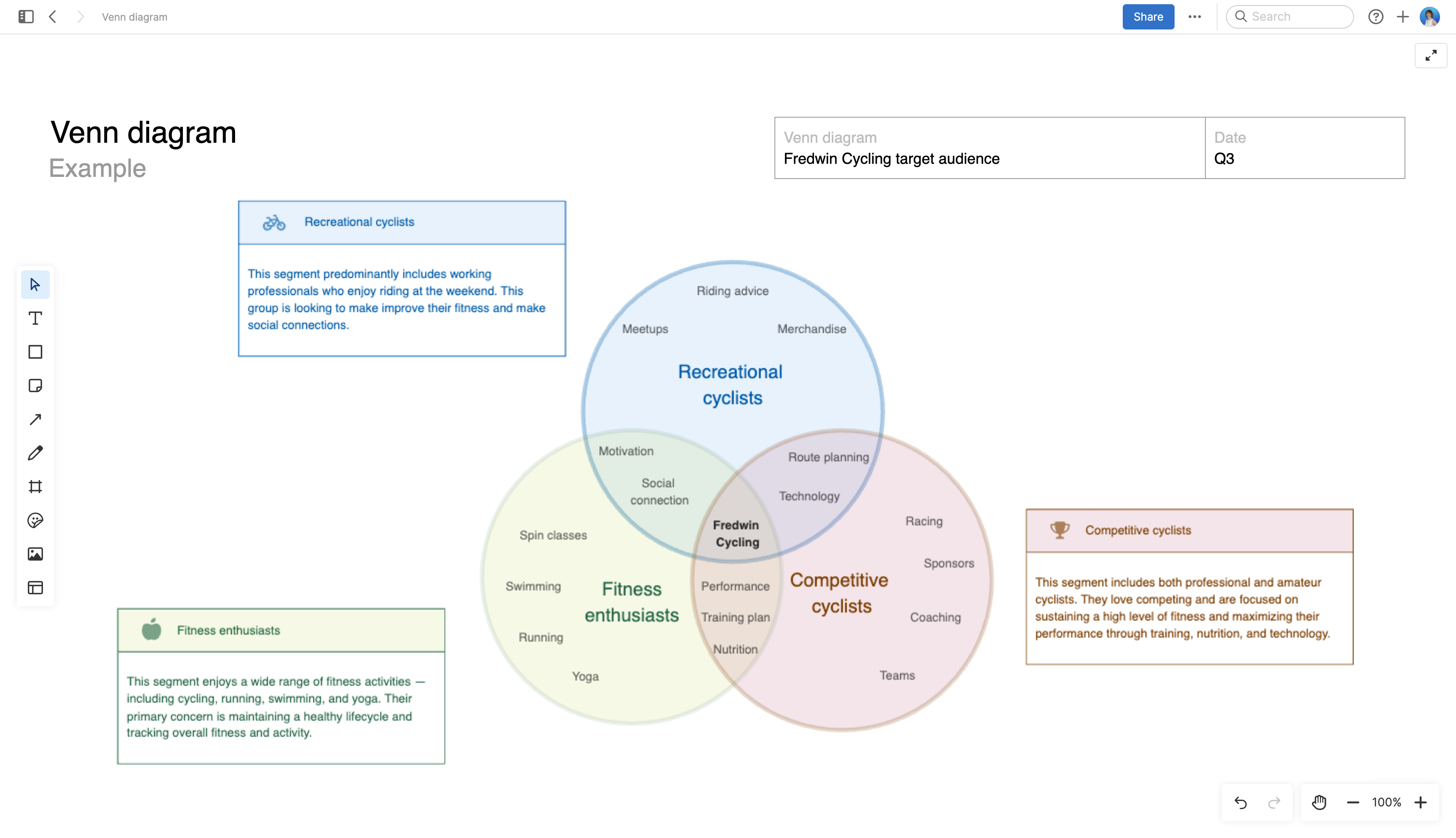Jump ahead to learn exactly when you need to know about competitive differentiation:
Why competitive differentiation is necessary
Most markets are crowded and customers can choose from many alternatives. It is unusual for a business to be in a position where it does not have to differentiate its offerings from any competitors (direct or indirect). The only way to set yourself apart in a crowded market is to deliver a superior solution and help customers understand why your product or service is unique — and why they should choose your offering over alternative solutions.
Top
The role of marketing in competitive differentiation
While building differentiation is a cross-functional effort, marketing is responsible for communicating the differentiators externally so customers understand what makes your company, product, or service unique. Marketing teams also keep track of market trends and competitive intelligence to identify gaps and opportunities to differentiate.
Top
Types of competitive differentiators
There are many ways to differentiate a product or service. How you choose to set yourself apart depends on two factors — the overall company strategy for how you will address the needs of your customers and what you want your position in the market to be. For example, you might want to be the premium solution or you might want to be a cost leader. You should build your offerings around how you think you can win in the market. Of course, you also need to consider the Complete Product Experience (the sum total of every interaction you have with your customers) to do this work successfully.
Keep your eye on the market and adjust your strategy by honing in on effective differentiators based on your target audience's desires. The goal is to develop your own strong differentiators rather than being reactive to what your competitors are doing.
Examples of differentiators include:
Product differentiators | Product differentiators encompass the unique characteristics and capabilities of your product — its features and benefits, design, quality, and performance. |
Brand differentiators | Brand differentiators are how your customers recognize, perceive, and relate to your brand. The advertising that you do can play a large role in creating a positive brand association for your audience. |
Price differentiators | Price differentiators refer to how you have chosen to price your offering — including how much you charge and how often you collect payments from customers. |
Service differentiators | Service differentiators are the unique ways that your company creates a relationship with customers. Every interaction a prospect or buyer has with a representative of the business is important — such as customer service calls, support emails, live chat help, and exchanges on social media. |
Channel differentiators | Channel differentiators refer to the ways your company actually gets its offering to customers. These include how your product is distributed and where it is sold. |
Now that you understand what competitive differentiators are, it is time to establish your own. The steps below will help you do this:
Conduct market research: Look into the size of the market, the demographics of your target audience, and trends that may impact what customers want.
Perform competitive analysis: Analyze competitors' products, marketing messages, share of the market, and revenue. You can use business models such as SWOT or Porter's 5 Forces to organize the information you gather.
Define your marketing mix: Focus on your offering — what it is, how you will communicate its benefits to your audience, and who you will need to do this. The 10Ps Marketing Matrix can help you define and clarify the key factors that will set you up for success. These include product, price, people, process, promotion, programs, place, physical environment, partners, and positioning.
Establish the marketing strategy: This is how you will use the differentiators you have identified to gain a competitive advantage in the market.
Top
Incorporating competitive differentiation into your plans
Defining what makes your product different is just the first step. You also need to incorporate your competitive differentiators into your marketing plan and messaging so the unique value you bring shines through in everything you do. Make sure everyone on the team understands these differentiators and knows how to communicate what is unique in a consistent way. This is how you set your product apart.
